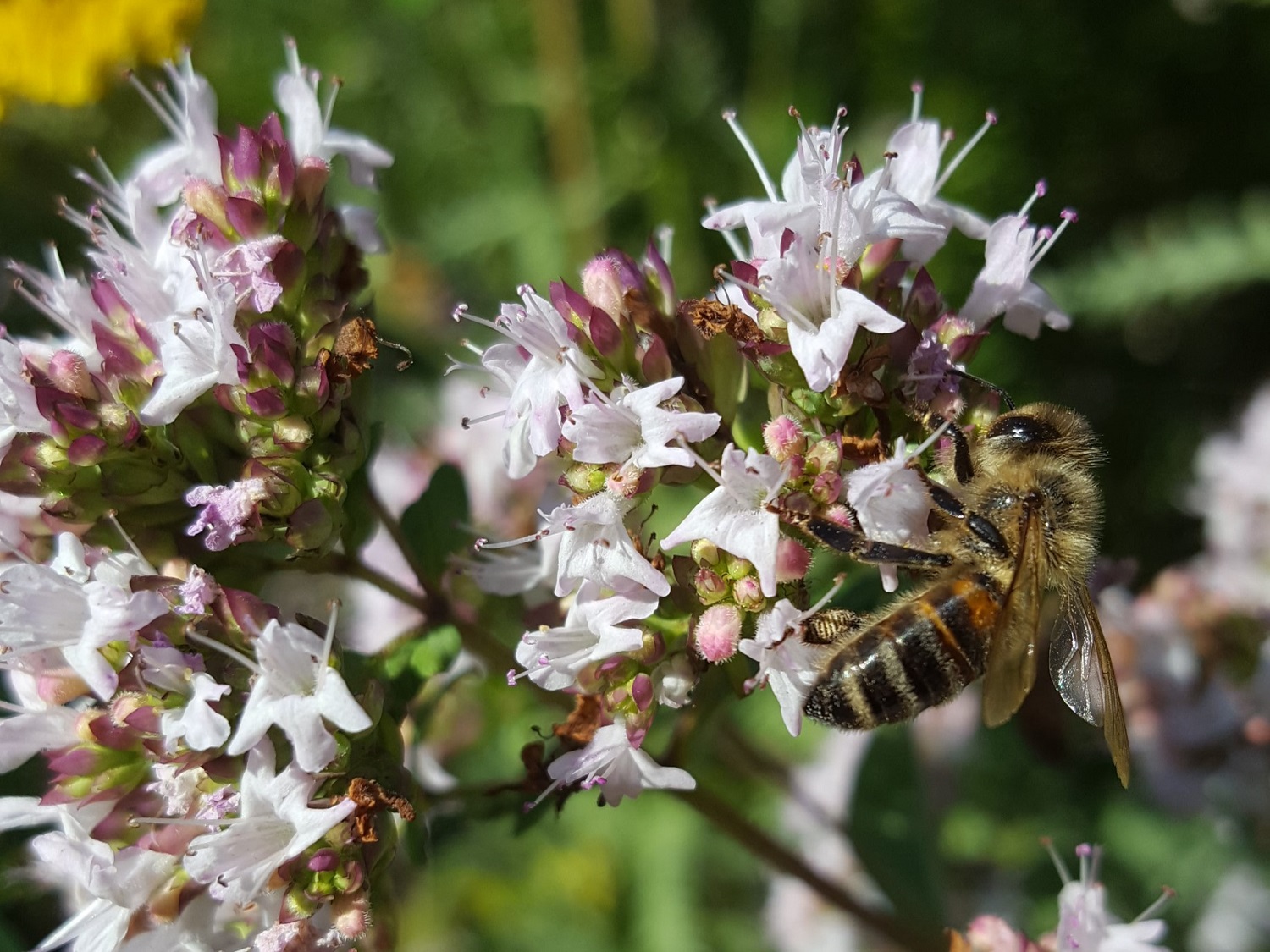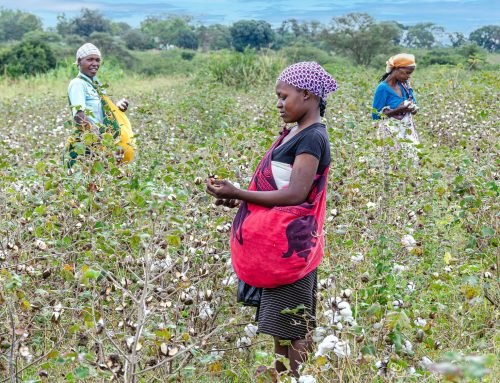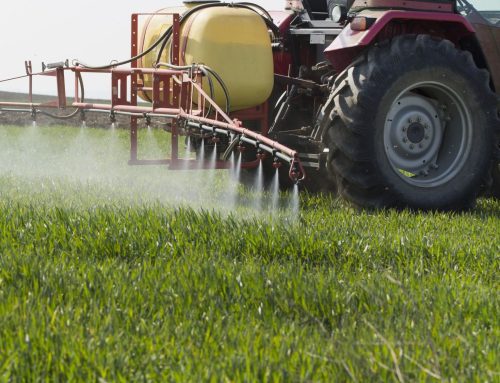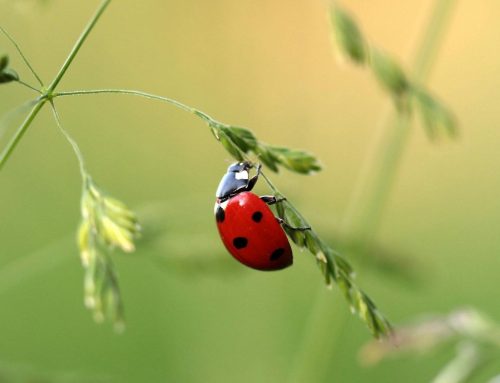by Dr Harry Siviter
A doctor will always ask if you are on any other medication before they write you a prescription. This is because pharmaceuticals can interact with each other and potentially disrupt treatment, or even harm the patient. But when agrochemicals, such as pesticides, are licensed for use on farms, little attention is paid to how they interact with one another, and so their environmental impact is underestimated.
We analysed data gathered in scientific studies from the last two decades and found that when bees are exposed to a combination of pesticides, parasites and poor nutrition, the negative impact of each is exacerbated. We say that the cumulative effect of all these things is synergistic, meaning that the number of bees that are killed is more than we would predict if the negative effects were merely added together. When bees were exposed to multiple agrochemicals, the effects were worse. When we consider the prevalence of these substances in the environment, the picture begins to look very worrying.

Bee on wild marjoram. Credit: PAN UK
Crops are rarely ever treated with just one chemical. Insecticides control insect pests, such as aphids. Herbicides, such as glyphosate, kill unwanted weeds, and fungicides are used to control moulds such as mildew. Crops will often be treated with different agrochemical combinations repeatedly throughout the year.
Many agrochemicals, such as neonicotinoids, are systemic, meaning they accumulate in the environment over several months, and in some cases years. For pollinating insects, exposure to multiple agrochemicals is the norm, not the exception. But when new agrochemicals are licensed for use by regulatory bodies, such as the US Environmental Protection Agency (EPA) or the European Food Safety Authority (EFSA), how they interact is seldom considered.
In some ways this is understandable. Thousands of different agrochemicals have been licensed for use globally and assessing how each one interacts with each other would be difficult. But commercial pesticide formulas, sold en-masse to farmers, regularly contain many different chemicals. Assessing how each of them interacts before they are licensed for use should be mandatory.
And once an agrochemical is licensed for use, regulators should continually monitor its potential harm in case pre-licensing assessments failed to detect something important. These post-licensing observations could be akin to those carried out with pharmaceuticals in humans, which would offer better protection for both wildlife and food security.
Access the full research as published in Nature.
 Dr Harry Siviter is a postdoctoral research fellow at The University of Texas at Austin and formerly a PhD student at Royal Holloway, University of London. This article is an excerpt from the The Conversation.
Dr Harry Siviter is a postdoctoral research fellow at The University of Texas at Austin and formerly a PhD student at Royal Holloway, University of London. This article is an excerpt from the The Conversation.





